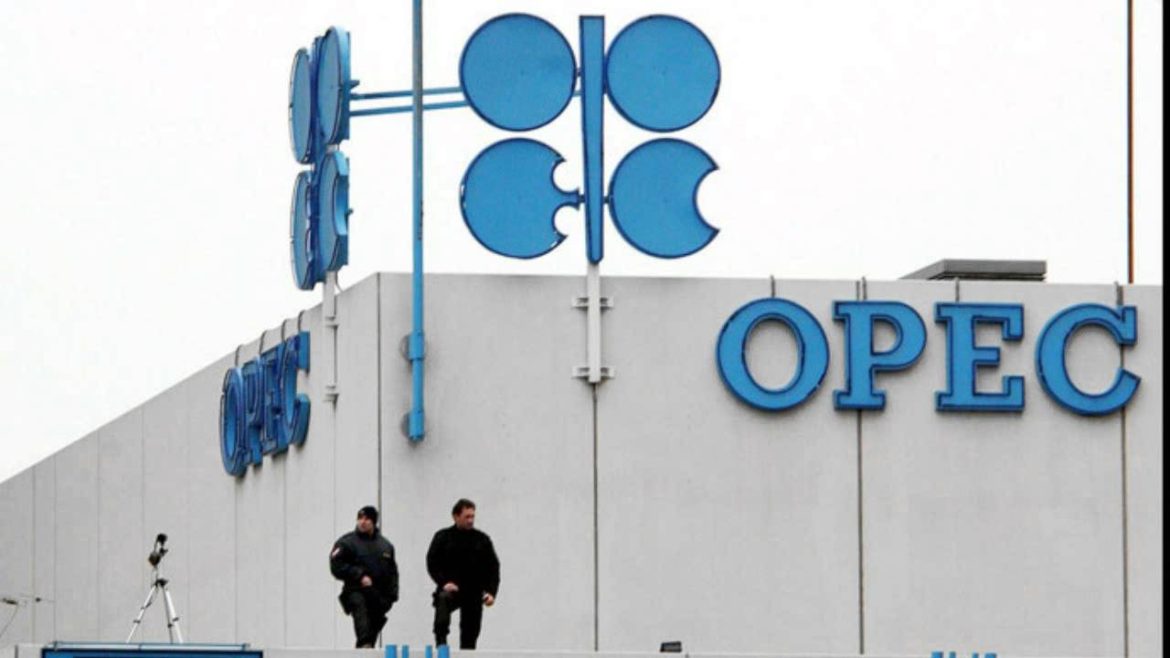The centre of gravity of food security may indeed be shifting from the global north to the global south. In this tectonic shift, Africa ranks top as the destination and theatre of action. Emerging findings point in this direction, which could be corroborated by the events in the aftermath of the global food crises about a decade ago. A surge in global food prices post-2007 partly provided a trigger for land policies in many countries that accelerated the demand for agricultural land in sub-Saharan Africa. These provided a springboard for increased land acquisitions by foreign and African investors, dramatically leading to the rapid rise of medium- and large-scale “emergent” commercial farms.
The widespread claim that 60 percent of remaining global arable land is in Africa has social, economic and political implications for the continent’s future, especially, considering the fact that food has soft power. Considering the variations in population densities across Africa, this arable land is not evenly distributed across countries.
It needs to be emphasised, however, that spare land in the predominantly desert Sudan cannot be likened to spare land in the densely forested Democratic Republic of Congo. Although emerging realities such as climate change, social upheavals, political struggles and economic downturns exert their influences, mostly negatively, the prospects of Africa as a leading food hub remain bright. How this transforms into reality is a different issue altogether. The slow progress towards food security within the continent has been attributed to obsolete technologies (including the production of crop and animals with low genetic potential) and techniques, leading to low productivity.
On the flip side, however, may it be said that the low productivity could be turned to innovative opportunities with the rising population and increasing rate of urbanisation, providing bigger consumer markets for greater agricultural outputs.
This is possible in a continent that is devoid of political instability and civil strife. But, despite the land endowment and agricultural potential, Africa still remains a net importer of food, spending about $35 billion each year on food imports. The continent, therefore, needs first to deal with this $35 billion structural food deficit before it can thrive economically, socially and play a role in strategically alleviating long-term food supply impediments.
This herculean task is surmountable with appropriate governance systems, institutional capacities, and macroeconomic, structural and sectoral policies working in harmony to improve food security on a long-lasting and sustainable basis. To begin with, Africa must break the food system divide and learn from the success (and subsequent burdens) of the big three crops, namely: rice, wheat and maize, and must mainstream more foods to pave way for more diversified and sustainable diets, especially on an inclusive basis, to benefit the rich and poor.
Africa has something to learn about the genesis of the food system divide. Foremost is the significant difference between African model of agricultural growth and that of Asia or South America. Whereas growth in Asia was driven largely by intensification, much had to do with the result of significant improvement in labour productivity arising from mechanisation in South America. In Sub-Saharan Africa, however, strong growth in agricultural output owed much to area expansion and intensification of cropping systems, rather than large-scale improvement in productivity.
Under the historic green revolution, policies were geared principally towards boosting the production of cereals. Root and tuber crops hardly got a mention. But the growing recognition of root and tuber crops will define Africa’s wave of impending ‘green revolution,’ underscoring their importance as a staple crop, with a substantial contribution in fighting hunger and poverty and as export commodities.
With the significant amount spent annually in food import, Africa needs deep introspection and policy change to favour local production.
Without prejudice to globalisation, international trade in food and rules of reciprocity, Africa needs to focus on agricultural commodities on which it has the greater comparative advantage and occupies its ecological niche.
While the big three (rice, wheat and maize) gained ascendancy as offshoots of green revolution and, subsequently, have attracted huge investments for decades, other cereal crops such as traditional grains, like millets and sorghum as well as root and tuber crops like cassava and yam have suffered neglect, leading to a widening of the food system divide.
The disproportionate attention to these big three crops also means a significant reduction of our chances of coping with food security challenges such as diet diversity, malnutrition, climate change, pest and disease control, environmental degradation, water scarcity, food price inflation and other unforeseen food emergencies.
Now, after decades as beautiful brides, the big three crops have either reached or are approaching their yield plateau.
This opens new vistas for exploration of viable alternatives. For Africa, cassava is proving to be one. With the potential for as much as three to four times the present yields, under appropriate agronomic conditions, Africa may need to look no further, at least in the short term. With adequate and timely attention (as was done to the big three), improved investment will lead to increased yields, more profits to farmers and ultimately, more products will be created. A whole value chain will be developed, and more money will be made, leading back to improved investment, and the cycle continues. The converse will remain true of other neglected crops. To this extent, Africa can only feed itself and the world in the future when the agricultural potential is unlocked.
Beyond Africa, increased attention to cassava could well be a major step towards moving the world away from “food system divide,” in which only few crops received most support in terms of policy, funding, research and development efforts, the big companies’ investment and development aid. The Food and Agriculture Organisation (FAO) of the United Nations once disclosed that, “since 2000, the world’s annual cassava production has increased by an estimated 100 million tonnes, driven in Asia by demand for dried cassava and starch for use in livestock feed and industrial applications, and in Africa by expanding urban markets for cassava food products.” Now, the greater utility of cassava for feeding more people, in addition to livestock, will change the socio-economic configuration of the crop and is expected to drive up production in Africa.








